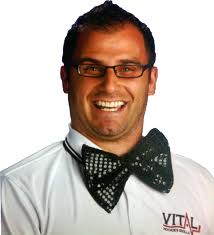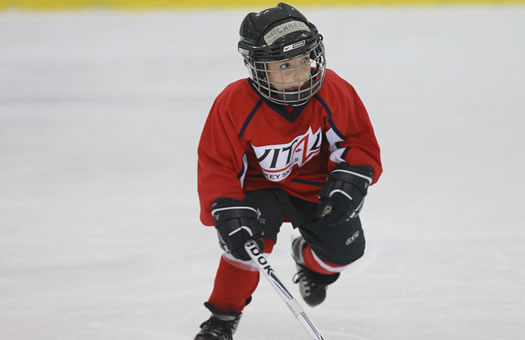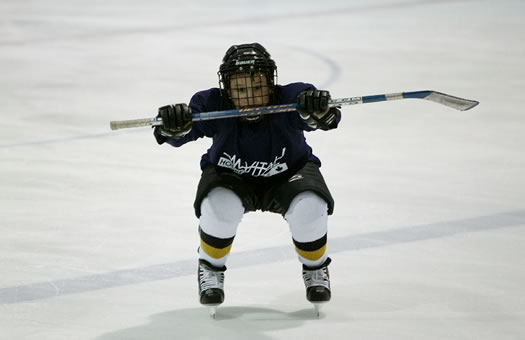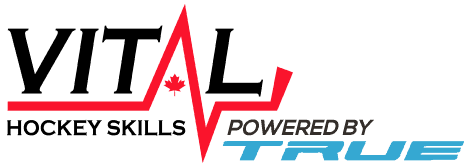12 Feb Power Skating Advice
 The Doctor’s Diagnosis: Power skating in Young Hockey Players
The Doctor’s Diagnosis: Power skating in Young Hockey Players
Here is a letter I recently received from a concerned parent regarding the next step in power skating development for their young player:
Hi Dr. Hockey, my son is 6 years old and he is playing his second year of house league. He started to learn how to skate at the age of 3. We have been attending many skating programs from learn to skate up to power skating. In my opinion my Son has the hockey skills to compete with the upper half of his league but he lacks the speed to keep up with top 25%. Here is my reasoning and you can let me know if i’m just being a dumb hockey dad or if i have a point (be blunt). My son is predominant lefty (a south paw) he writes left, throws left and kicks left, when he went through his learning stages they taught skating skills that are predominantly right. Start and stop, cross overs etc… So now I believe his skating speed is lacking because his technique has been hindered and his stride is off. Is this possible or is it that he has to work harder on his speed. Thanks in advance to your response, by the way, i cant seem to find where your rink is located from your website.
Getting more out of the stride of a young hockey player is a very common question so I thought I would share my answer with everyone:
Hi,
 POWER, which first requires STRENGTH. Some kids just seem to have this from the start in their young careers because of their genetic muscle makeup (fast twitch fibers), but others need to develop this over time. The problem is that a player can skate around pylons all they want while someone blows a whistle, but while this does train the cardiovascular system, it has very little impact on training the nervous system to be explosive.
POWER, which first requires STRENGTH. Some kids just seem to have this from the start in their young careers because of their genetic muscle makeup (fast twitch fibers), but others need to develop this over time. The problem is that a player can skate around pylons all they want while someone blows a whistle, but while this does train the cardiovascular system, it has very little impact on training the nervous system to be explosive. So to answer your question, it’s not how much ice, it’s often what he is doing on the ice that matters! Speed training is specialized and can not be developed no matter how hard he works at generalized drills!
So to answer your question, it’s not how much ice, it’s often what he is doing on the ice that matters! Speed training is specialized and can not be developed no matter how hard he works at generalized drills!



Sorry, the comment form is closed at this time.